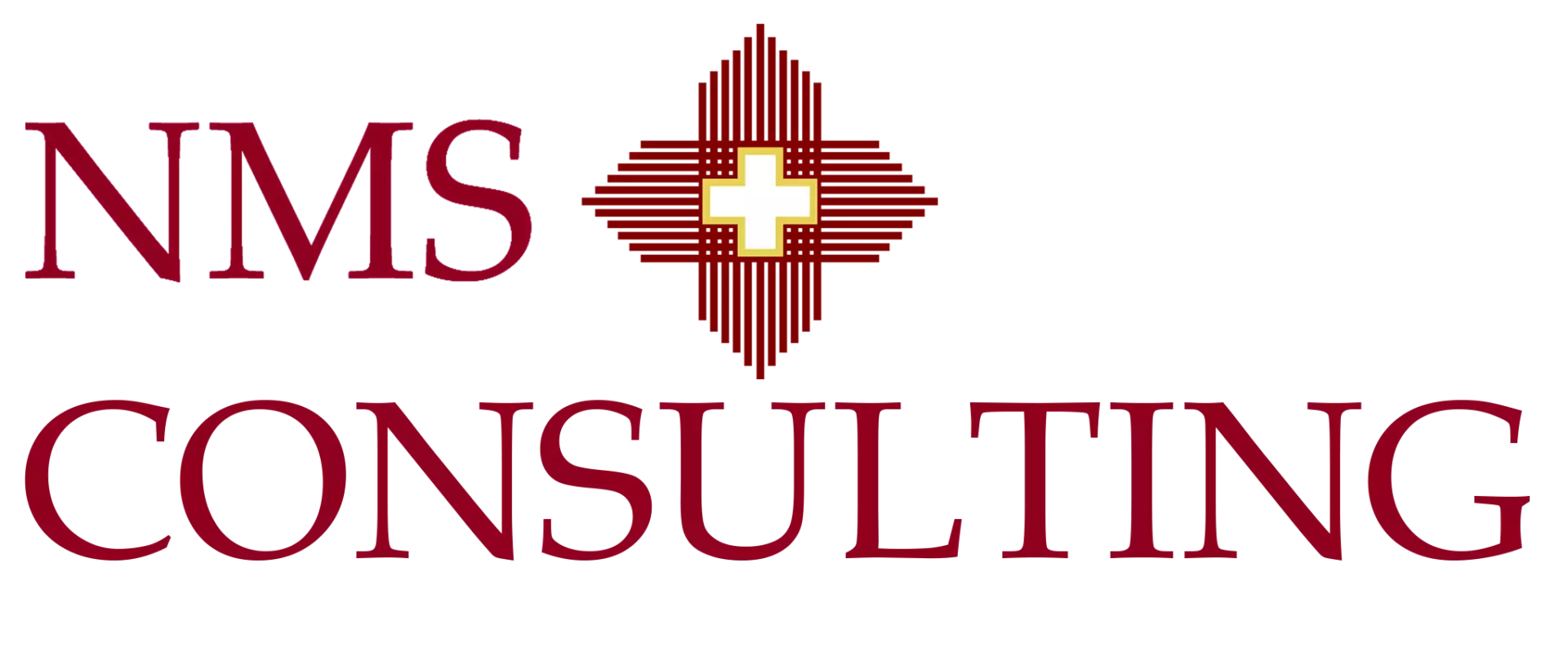What is Risk Management Consulting?

Published: • Updated:
Risk management consulting helps leaders see, prioritize, and act on threats and opportunities. Consultants build a simple framework, align appetite with strategy, and run controls and monitoring that protect cash flow, growth, and reputation. Start with a short assessment and two fixes that close high value gaps.
Want a 90 day risk plan tied to value and execution quality? Talk to a consultant
What risk management consultants do
- Framework and governance. Align to ISO 31000 principles and set clear roles, escalation paths, and risk appetite statements.
- Assessment and treatment. Identify and analyze risks, choose responses, and implement controls with owners and timelines.
- Monitoring and reporting. Build a simple dashboard with indicators, loss data, and near misses, plus quarterly deep dives.
- Culture and training. Coach leaders and teams to use the framework in planning and project decisions.
Global risks remain elevated and interlinked across geopolitics, cyber, and climate. Independent surveys and monitoring show frequent supply chain disruptions and inconsistent reporting cadence, which creates avoidable losses.
Supply risk management consulting services
- Tier mapping and criticality. Map suppliers and sites for critical parts and long lead items. Identify single points of failure.
- Stress tests and scenarios. Model multi week shocks and recovery. Test buffer stock, alternates, and logistics options.
- Source and contract strategy. Dual source, local options, and clauses for allocation, visibility, and cybersecurity.
- Event monitoring and playbooks. Always on monitoring tied to rules of engagement, with weekly risk cadence.
Examples of risk management consulting services
- Enterprise risk assessment. Strategy and portfolio view that links to capital allocation and planning.
- Third party and supply risk. End to end assessments, contracts, and monitoring for vendors and suppliers.
- Cyber and technology risk. Controls for identity, endpoints, backups, and third party access. Incident tabletop exercises.
- Operational resilience. Business impact analysis, continuity plans, and crisis management training.
- Compliance and conduct. Policy and control design with testing and remediation plans.
- Risk data and tooling. Fit for purpose GRC dashboards and workflows integrated with finance and operations.
Key numbers that guide decisions
| Finding | Figure | Source |
|---|---|---|
| Global risk landscape highlights | Conflict, cyber, and geoeconomic issues prominent | WEF Global Risks Report 2025 |
| Increase in supply chain disruption alerts in 2024 | 38% year over year | Resilinc |
| Organizations disrupted in the last year | About 80% | BCI Supply Chain Resilience 2024 |
| Regular supply risk reporting cadence decline | About 50% to about 25% | McKinsey 2024 |
| Reference standard for principles, framework, and process | ISO 31000 | ISO 31000 |
How to start in 90 days
- Week 1 to 2. Run a short risk assessment and confirm appetite statements for financial, operational, cyber, and supply.
- Week 3 to 6. Close two high value gaps such as vendor segmentation and access control or single source exposure.
- Week 7 to 10. Stand up a weekly risk cadence with indicators, owners, and a one page dashboard.
- Week 11 to 13. Test response with a tabletop and update playbooks and contracts based on findings.
We deliver enterprise assessments, supply risk management consulting services, and hands on fixes with finance and operations.
FAQ
How do you measure success?
Track avoided losses and disruption time saved, audit findings closed, cyber incident metrics, supplier recovery time, and confidence from leadership and the board.
Do I need a full GRC platform to begin?
No. Start with a simple register and dashboard, then scale tooling when workflows and data are stable.
Related NMS guides
Sources
- World Economic Forum. Global Risks Report 2025. https://www.weforum.org/publications/global-risks-report-2025/
- WEF. Global Cybersecurity Outlook 2025. https://reports.weforum.org/docs/WEF_Global_Cybersecurity_Outlook_2025.pdf
- ISO. ISO 31000 Risk management — Guidelines. https://www.iso.org/standard/65694.html
- McKinsey. Supply chains: Still vulnerable. https://www.mckinsey.com/capabilities/operations/our-insights/supply-chain-risk-survey
- Resilinc. Global supply chains see nearly 40 percent annual increase in disruptions in 2024. https://resilinc.ai/press-release/global-supply-chains-see-nearly-40-annual-increase-in-disruptions/
- BCI. Supply Chain Resilience Report 2024 summary. https://www.thebci.org/news/supply-chain-disruptions-drive-increased-tier-mapping-and-insurance-uptake.html
- McKinsey Global Institute. Disruptions of one to two months occur on average every 3.7 years. https://www.mckinsey.com/capabilities/operations/our-insights/future-proofing-the-supply-chain
About the Author
Aykut Cakir, Senior Partner and Chief Executive Officer, has a demonstrated history in Negotiations, Business Planning, Business Development and as a Finance Director for gases & energy, pharmaceuticals, retail, FMCG, and automotive industries. He has collaborated closely with client leadership to co-create a customized operating model tailored to the unique needs of each project segment in the region. Aykut conducted workshops focused on developing effective communication strategies to ensure team alignment with new operating models and organizational changes.




